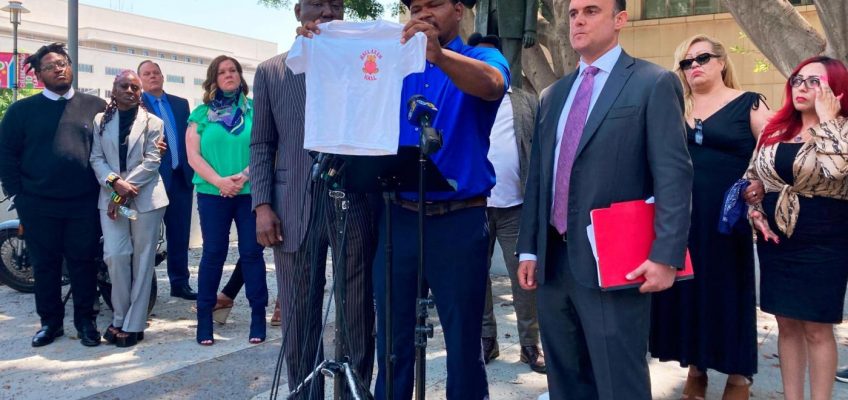ELMONT, N.Y. – Losses can be costly for multiple reasons. For the Minnesota Wild, this one was costly for, roughly, every reason.
In desperate need of a feel-good win, of standings points and of elusive good health, Minnesota got none of the three on Friday night in the New York City suburbs, watching a second-period lead disappear quickly in a 3-1 loss to the New York Islanders.
Along the way, they suffered what appeared to be another costly injury, as defenseman Jake Middleton left the game following a scary play in the second period and did not return. And with one regulation win in their last seven games (1-4-2), the Wild are seeing a challenger for their once-secure playoff position creeping ever closer in the Western Conference standings.
Minnesota got a second-period goal from Mats Zuccarello and a 24-save performance from Filip Gustavsson but will head home with a 0-1-2 record on its three-game East Coast road trip.
More concerning for the Wild’s life beyond the regular season is their lead on Calgary for the final Western Conference playoff spot has shrunk to just five points, and the Flames have two games in hand on Minnesota. The Wild play their next road game in Calgary on April 11.
Noah Dobson had a goal and an assist for the Islanders, who had lost their last seven games to the Wild and had never previously beaten Minnesota at UBS Arena since the building opened in 2021.
Both teams killed penalties in the scoreless first period. The Islanders own the NHL’s worst power play and did not manage a man-advantage shot, putting just four shots on goal in the first. Minnesota pelted New York goalie Ilya Sorokin with 11 shots in the period but could not break through.
Zuccarello opened the scoring early in the second, whacking at a puck from behind the goal line, and seeing the shot glance off Sorokin’s helmet and into the net. The lead lasted all of 36 seconds, as Casey Cizikas deflected a Dobson shot that changed directions on Gustavsson and was past the goalie before he could react.
The Islanders took the lead a short time later on a kind of “own goal” when Simon Holmstrom’s backhander from the side of the net deflected off Wild forward Freddy Gaudreau’s stick and over the goal line.
Minnesota’s second power play of the game came at considerable cost after the Islanders’ Bo Horvat gave Middleton a push from behind while chasing a loose puck. Middleton went headfirst into the end boards and had to be helped from the ice. Horvat was given two minutes for boarding on the play.
The Wild were held without a shot on the ensuing power play, and got caught in their own zone for an extended shift later in the second but got to the second intermission trailing by just one goal.
When Wild forward Yakov Trenin went to the penalty box early in the third period, the Islanders used the man advantage to double their lead, when Dobson blasted a long-range shot past Gustavsson’s glove.
Sorokin finished with 27 saves for the Islanders, who had gone winless in their previous six games.
For the Wild, defenseman Declan Chisholm and forward Brendan Gaunce were healthy scratches. Among the Islanders scratches were defenseman Scott Perunovich, the Hibbing, Minn., native who won a pair of NCAA titles and the 2020 Hobey Baker Award at Minnesota Duluth.
Down to just five games remaining in the regular season, the Wild will play the next two at home, starting on Sunday when the Dallas Stars make their final visit before the playoffs. It is a 2 p.m. CT opening faceoff at Xcel Energy Center.
Related Articles
Punishment not part of the picture in Wild lineup choices
Wild Penalty kill improving at a vital time
Not pointless, as Wild fall in OT to Rangers
Busy schedule suits the Wild just fine at this time of the season
No pouting allowed, as getting to three goals is elusive for Wild lately




